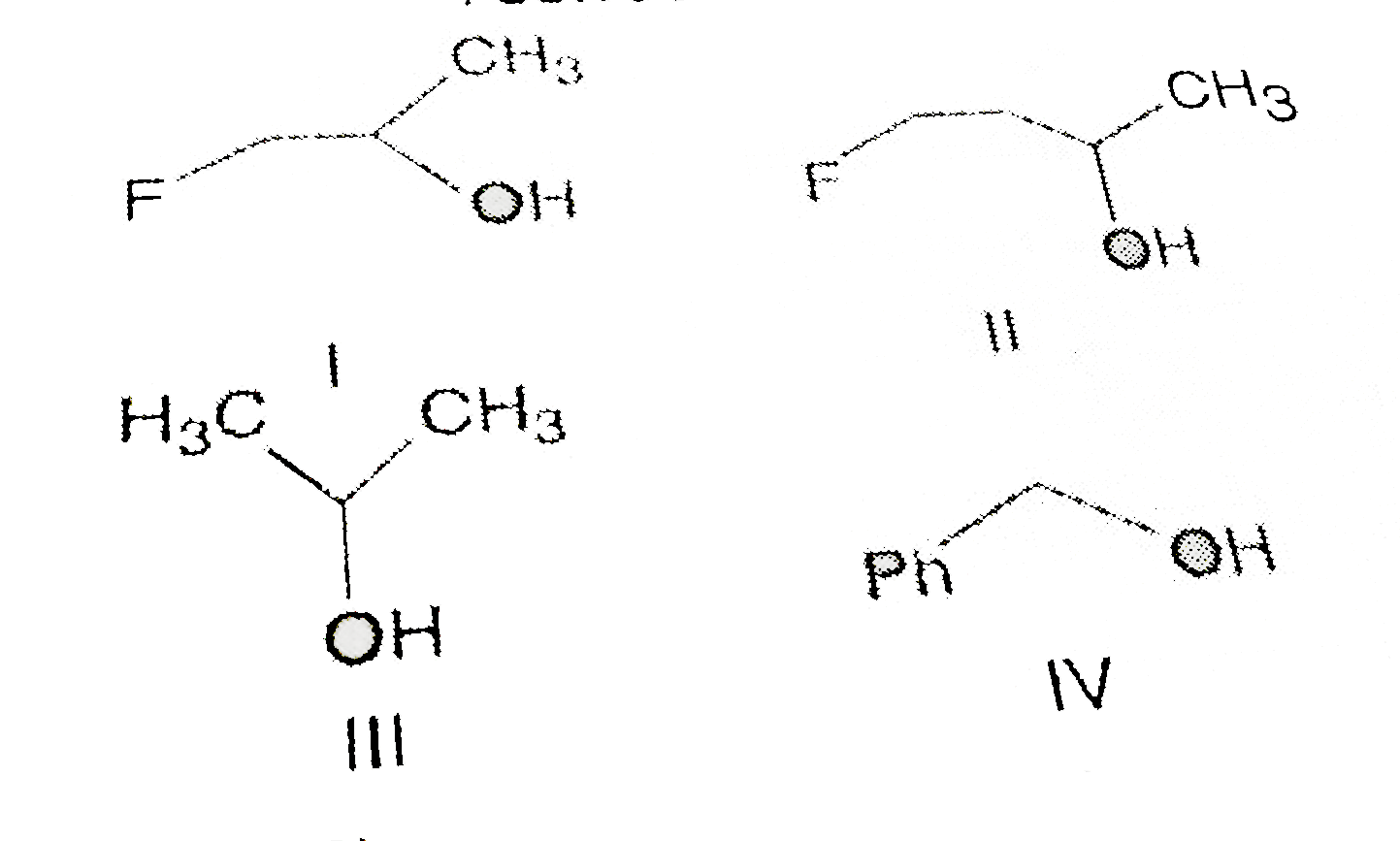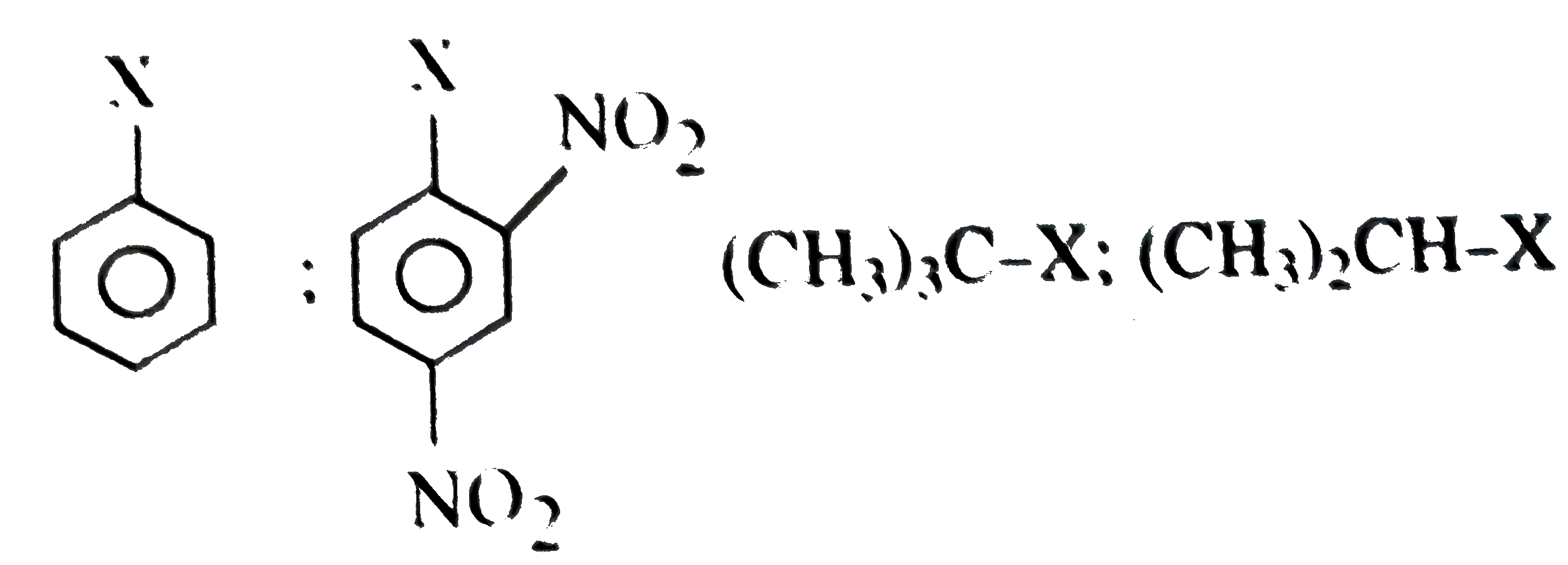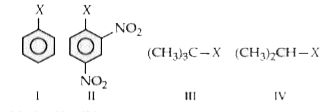The correct order of increasing chemical reactivity is
Zn<Fe<Mg<K
Fe<Mg<Zn<K
Fe<Mg<K<Zn
Fe<Zn<Mg<K
The correct Answer is:D
To determine the correct order of increasing chemical reactivity among the metals Zinc, Iron, Magnesium, and Potassium, we can follow these steps:
1. Understand the Reactivity Series: The reactivity series is a list of metals arranged in order of decreasing reactivity. The more reactive a metal is, the more readily it will react with other substances.
2. Identify the Position of Each Metal:
- From the reactivity series:
- Potassium (K) is at the top, indicating it is the most reactive.
- Magnesium (Mg) comes next.
- Zinc (Zn) follows Magnesium.
- Iron (Fe) is lower on the list, indicating it is the least reactive among these four metals.
3. Arrange the Metals in Increasing Order of Reactivity:
- Based on their positions in the reactivity series:
- Iron (Fe) has the lowest reactivity.
- Zinc (Zn) is next.
- Magnesium (Mg) follows Zinc.
- Potassium (K) is the most reactive.
4. Write the Final Order:
- The increasing order of reactivity is:
- Iron < Zinc < Magnesium < Potassium
5. Select the Correct Option:
- If given multiple-choice options, the correct choice that reflects this order is option D: Iron, Zinc, Magnesium, Potassium.
Final Answer:
The correct order of increasing chemical reactivity is: Iron < Zinc < Magnesium < Potassium (Option D).
---
- From the reactivity series:
- Potassium (K) is at the top, indicating it is the most reactive.
- Magnesium (Mg) comes next.
- Zinc (Zn) follows Magnesium.
- Iron (Fe) is lower on the list, indicating it is the least reactive among these four metals.
- Based on their positions in the reactivity series:
- Iron (Fe) has the lowest reactivity.
- Zinc (Zn) is next.
- Magnesium (Mg) follows Zinc.
- Potassium (K) is the most reactive.
- The increasing order of reactivity is:
- Iron < Zinc < Magnesium < Potassium
- If given multiple-choice options, the correct choice that reflects this order is option D: Iron, Zinc, Magnesium, Potassium.
The correct order of increasing chemical reactivity is: Iron < Zinc < Magnesium < Potassium (Option D).
Topper's Solved these Questions
- MATERIALS : METALS AND NON-METALSBOOK - MTG IIT JEE FOUNDATIONCHAPTER - MATERIALS : METALS AND NON-METALSEXERCISE - EXERCISE MCQ.s (Level-2)
20 Videos
- MATERIALS : METALS AND NON-METALSBOOK - MTG IIT JEE FOUNDATIONCHAPTER - MATERIALS : METALS AND NON-METALSEXERCISE - EXERCISE (Match the Following)
5 Videos
- MATERIALS : METALS AND NON-METALSBOOK - MTG IIT JEE FOUNDATIONCHAPTER - MATERIALS : METALS AND NON-METALSEXERCISE - NCERT Section
11 Videos
- FOOTSTEPS towards(CBSE Board)BOOK - MTG IIT JEE FOUNDATIONCHAPTER - FOOTSTEPS towards(CBSE Board)EXERCISE - SECTION - D
14 Videos
- MATTER : ELEMENTS COMPOUNDS AND MIXTURES BOOK - MTG IIT JEE FOUNDATIONCHAPTER - MATTER : ELEMENTS COMPOUNDS AND MIXTURES EXERCISE - EXERCISE (INTEGER/NUMERICAL VALUE )
5 Videos
Similar Questions
Knowledge Check
The correct order of increasing radii are
ABe2+,Mg2+,Na⊕BK⊕,Ca2+,S2−CO2−,Fɵ,N3−DS2−,O2−,As3−The correct order of increasing stability is
ANH3<PH3<AsH3<SbH3BNH3<SbH3<AsH3<PH3CSbH3<AsH3<PH3<NH3DAsH3<SbH3<NH3<PH3Mark the correct order of increasing reactivity
ACH3CONH2<CH3COOC2H5<CH3COClBCH3COOC2H5<CH3COCl<CH3CONH2CCH3COCl<CH3CONH2<CH3COOC2H5DCH3COOC2H5<CH3CONH2<CH3COCl
Arrange these in correct order of decreasing reactivity

View SolutionThe correct order of increasing reactivity of C−X bond towards nucleophile in the following compounds is:
 .
.
View SolutionThe correct order of increasing reactivity of C-X bond towards nucleophile in the following compounds is :

View SolutionThe correct order of increasing reactivity of C-X bond towards nucleophile in the following compounds is

View SolutionThe correct order of increasing reactivity of C –X bond towards nucleophile in the following compound is
View Solution
